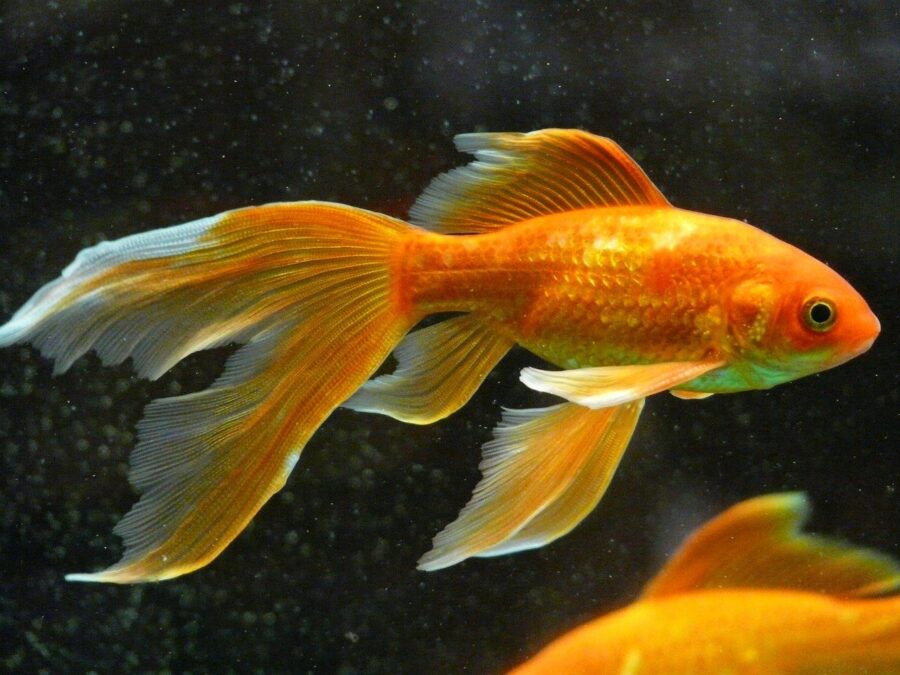Scientists Have Taught Goldfish To Drive Cars
Scientists in Israel have conducted a novel experiment- teaching goldfish how to drive cars and navigate hurdles like a pro!
This article is more than 2 years old

When it comes to physical comparisons, we humans, the peak social animals, have always come second to the wild creatures out there. Animals are better at everything from swimming, parenting, running, protecting their herds, breathing underwater, etc. And looks like, they are shaping up to be better drivers us. According to a recent bizarre experiment by biologists in Israel, goldfish have got some mad navigational skills that are not just restricted to their natural habitats.
As per a new study published in Behavioural Brain Research, biologists Shachar Givon and Matan Samina from the Ben-Gurion University of the Negev in Israel decided to test the navigational skills of goldfish but not within their aquatic habitats, which they are naturally accustomed to. In technical terms, the scientists wanted to test the “domain transfer methodology,” in which “one species is embedded in another species’ environment and must cope with an otherwise familiar…task.”
This means that the goldfish were taken out of their environment and brought into the habitat of humans. Here they were tasked to do something that they usually perform with ease in an aquatic environment- navigate their way by overcoming hurdles to reach their goal. In their experiment, the goldfish were kept in a water tank in a specially designed and built Fish Operated Vehicle (FOV) to navigate an “arena” measuring 9.8 feet (3 meters) by 13 feet (4 meters). The goal was to reach a pink target where it would receive a food pellet.
The vehicle was designed in a way that it would detect the goldfish’s location in the tank and move its four wheels in reaction to its movements, i.e., allowing the fish to drive the vehicle. The vehicle also contained a computer, a camera to track its movement, and LIDAR to pinpoint the vehicle’s exact location. So, the FOV would move forward when the fish was swimming facing outward and stop if it started facing inward.
As per the results of the study, the goldfish moved at a speed of 1.5 km/hr. The fish eventually aced the task and started reaching its target more frequently. Even when the scientists introduced hurdles, like changing the location of the target and adding fake targets in different colors, the goldfish managed to avoid them and once again reached its end goal.
As per the researchers, this study establishes that “fish can learn to control a vehicle and use simple navigation strategies to successfully perform a task,” no matter whether it is a terrestrial environment or an aquatic one. In their study, the scientists have claimed that the goldfish easily navigating added hurdles in their experiment is a major hint that there exists a “universality in the way space is represented across environments.”
To reach more conclusive results, the researchers plan on carrying out a similar experiment by putting a terrestrial animal in an aquatic environment. Similar experiments have been done in the past, where vehicles were “driven” by other animals like rats and dogs. Also, a fish-driven car already exists but the scientists have claimed that it is nothing like their meticulously done practical experiment with the goldfish. The earlier fish-driven car was “an observational report, rather than a scientific study” and did not examine the origin of navigational capacities like they did in their experiment.
So, if in a few years from now, you see a floating fish tank driving the Uber you called, remember that you have been forewarned.












